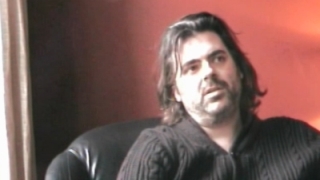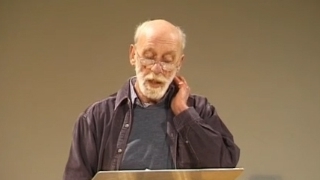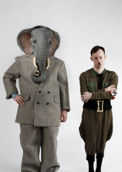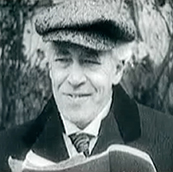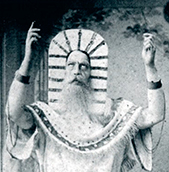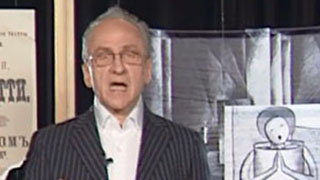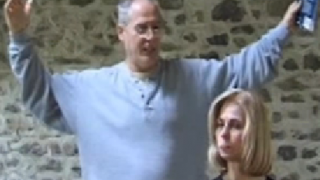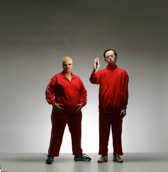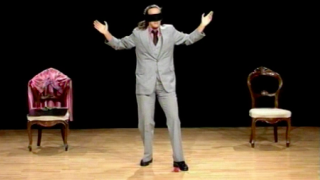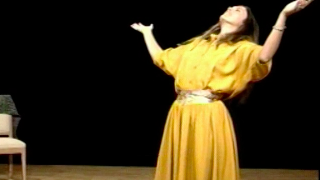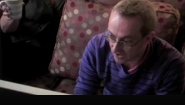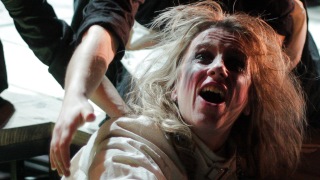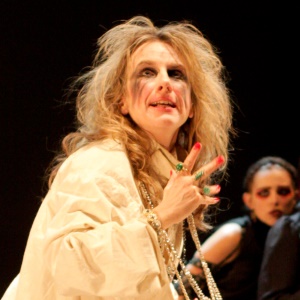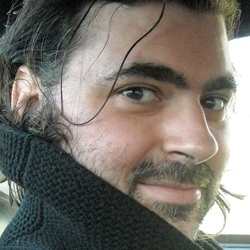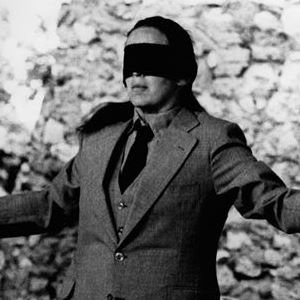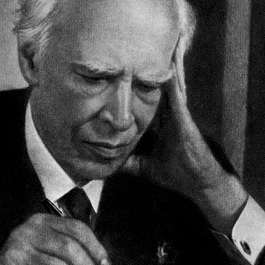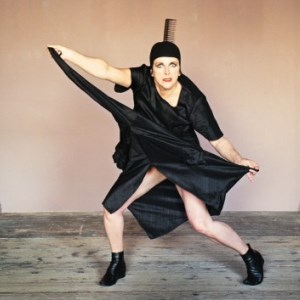The text is the actor’s starting point and end point when creating a character. The detail contained in the black-and-white print requires a certain forensic analysis to transform the page into flesh-and-blood character. Many actors’ approach to text analysis is remarkably intuitive. However, there are certain principles, which can systematically and pragmatically facilitate the process. With the highly structured form of classical Greek tragedies, for example, understanding the dramatic significance of prologue, parode (with ‘strophe’, ‘antistrophe’, and ‘epode’), episodes, stasimon (or stationary song) and exode (or exit song) can help the actor embody the necessary rhythm and impetus of the story-telling. With Shakespeare’s verse plays, text analysis can unlock all kinds of clues to create a character, not only through the iambic pentameter (and its disruption), but also through figures of speech, imagery, appositions (or antitheses), rhyming couplets and exit lines.
One of the most systematic approaches to text analysis was formulated by Konstantin Stanislavsky. Using the image of carving up a turkey, he advocated breaking the script down first of all into sections, each of which contains a key event; then breaking those sections down into smaller bits. Within those bits, the actors and directors determine which character drives the scene with an inciting action, and which character/s block that inciting action with resisting counter-actions. Vocabulary, punctuation, sentence structure, references to other characters and events (real or fictional), all provide insights into the character’s thought processes, preoccupations, and possible physical choices that the actor might make. Bella Merlin
Image: Photo by xyz

